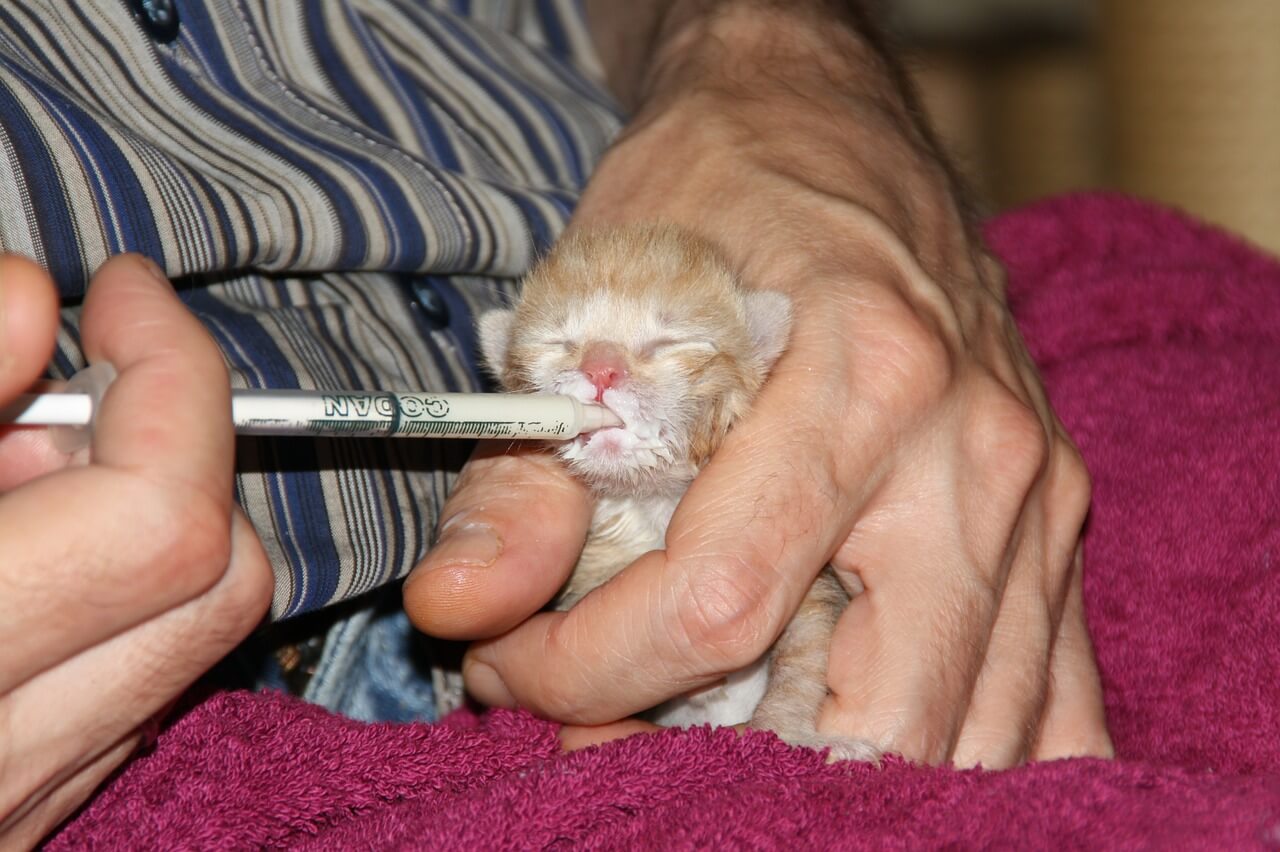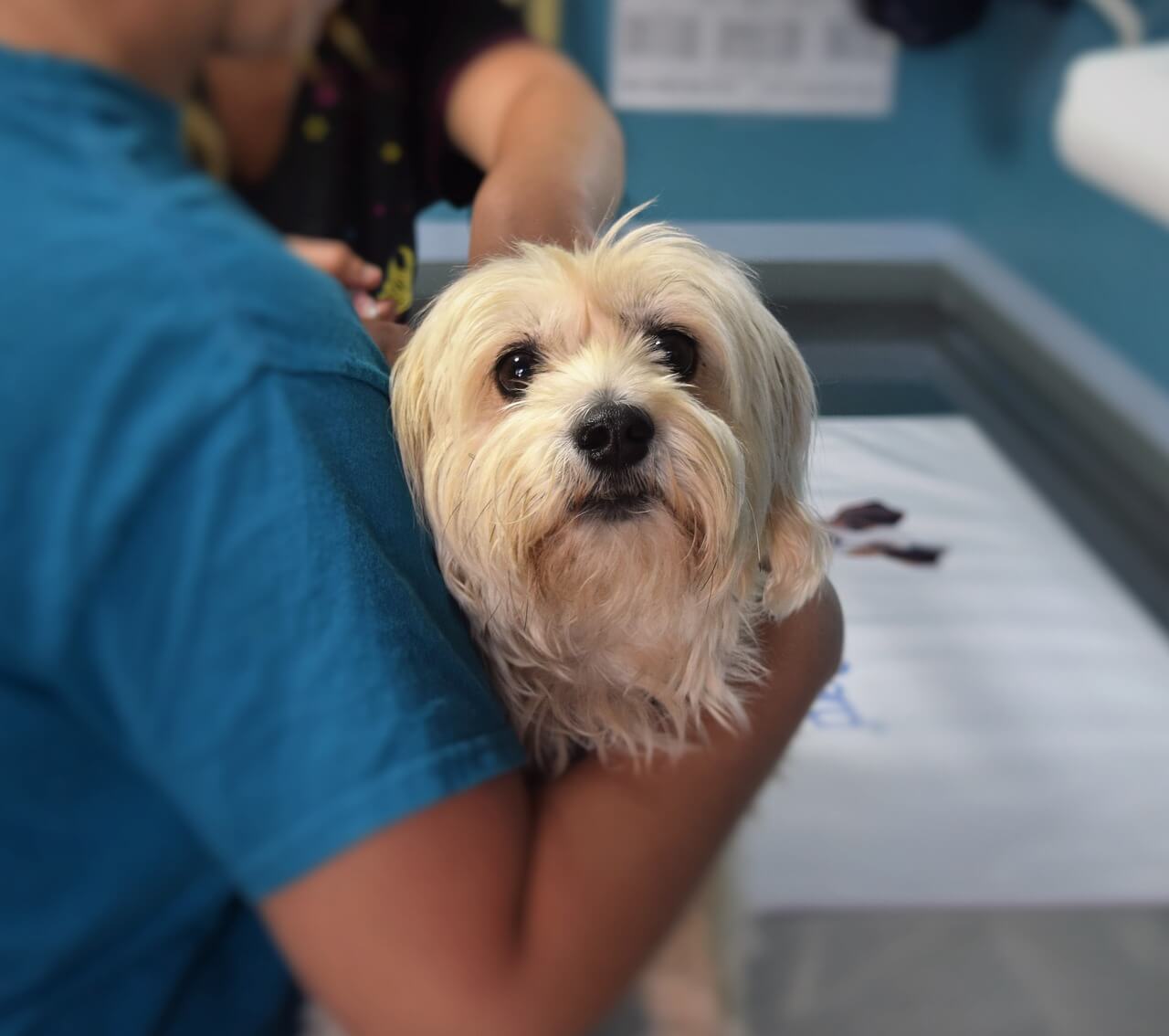Administering medication to a beloved pet can be stressful—even for a pet professional. Stubborn animals can make the job particularly tricky, which may result in the animal receiving the incorrect amount of medicine, or no medicine at all. I don’t know how many times I have given my dog a pill only to find it spat it out a day later!
While pet professionals such as veterinarians will be experienced at administering medicines to animals, an animal that struggles, bites or scratches can lead to incorrect dosing.
Moreover, if the animal requires ongoing medicine the pet owner will need to be confident they can administer the medicine correctly at home.
How to correctly administer medication to cats and dogs
Part of the role of a pet professional, might be to advise clients how to best administer medicine to their pet. Or you may be asked to give medication to a pet in your care, so you too need to be confident that you can do this for your client’s pets, as well as your own.
Having fact sheets on hand to give out can be helpful but talking them through the process is also useful.
Here are some instructions on administering medication to animals you can share with your clients.
Administering oral medication
- Hold the medicine (pill, capsule, tablet) in between your thumb and index finger of your dominant hand.
- With the other hand, firmly grip the upper jaw using the thumb and index finger.
- Use your middle finger of the same hand to prize the lower jaw open at the same time tilting the head upwards (by simply rotating your wrist).
- Pop the medicine as far back on the tongue as possible and close their mouth.
- Stroke the throat or softly blow on the nose to encourage swallowing.
If the animal spits out the medicine, try hiding it in a piece of food. A small piece of meat or cheese can do the trick. If using cheese, use the low fat variety, and a couple of seconds in the microwave will make it squishy and easy to hide the pill in the ball of cheese!

Administering liquid medicine
- Firstly ensure the required amount of medicine is in the syringe or dropper.
- Hold the dog’s muzzle or if administering to a cat, grip the cheekbones with the thumb and index finger.
- Hold the syringe or dropper in the other hand and release the medicine onto the pouch (between the cheek and teeth).
- Gently but firmly hold the animal’s mouth shut, to prevent them from spitting out the medicine, and tilt their head slightly back.
If ongoing dosing is required, for example daily dosing for a set number of days, you might suggest the pet owner reward their animal after administering the medicine.
Administering ear medicine
- If administering to a dog, hold open the ear and gently pull upwards from the base to straighten and open the canal.
- Place the tip of the applicator tube or bottle in the outer part of the ear canal.
- If administering to a cat, hold the tip of the cat’s ear, while steadying the head with the base of your hand.
- Be prepared for the animal to flinch suddenly when the medicine hits the inside of the ear.
- Squeeze out the required number of drops and gently stretch the dog’s ear away from the head slightly to allow the medicine to dissipate. For cats, simply rub the base of the ear.
Administering eye medicine
Not even humans like eye medicines so administering them to an animal can be particularly daunting. To assist pet parents in giving their dog or cat eye drops you might advise the following.
- Ensure the animal is calm and comfortable.
- Using the thumb or index finger of your dominant hand gently prize open the eyelid.
- Hold the medicine bottle or dropper in the other hand with the tip approximately 2cms above the eye. Release the required number of drops into the eye.
- Allow the eyelid to close and gently place the flat of your hand over the eye to keep it closed.
Help your clients avoid making medication errors
As a pet professional it is part of your duty of care to do whatever you can to help pet owners administer medicine correctly, to reduce the risk of error.
When giving medicine:
- Verbally explain to the client the dosage, frequency and how best to administer the medicine
- Ask the client to repeat the information back to you to ensure they have understood
- Back up what you have verbally told the client by also writing the information down on paper and giving it to them
- Double check the medicine label matches what you have told the client
- Suggest that only one person in the household is responsible for administering the medication (this will help avoid doubling up of doses).
5 hacks to assist pet owners administer medicine
For some pet parents getting their cat or dog to take their medicine can be hugely challenging (like trying to put the toothpaste back in the tube!).
Having a few cunning tricks up your sleeve to share with pet owners can be really helpful. You might suggest:
- Sneaking it in their food, such as cheese (low fat), bacon or peanut butter.
- Not over-thinking it. Pets sense owner’s stress so advise them to stay calm.
- Distracting the animal. For example, suggest playing a game, offering some treats or grabbing the pet’s lead for ‘walkies’ and as they do so popping the medicine in the animal’s mouth.
- Applying medicated eardrops while the animal is eating (another form of distraction)
- Getting a buddy to assist. While one gently but firmly holds the animal, the other can administer the medicine.
Unfortunately in human medicine and veterinary medicine alike, errors can occur—despite our best efforts. Having appropriate insurance can help give you peace of mind that if a serious medication error or misdiagnosis did occur and you are found at fault, you have a level of protection.
Latest posts by Liz Walden (see all)
- Pet health: Medicinal cannabis for pets - December 27, 2021
- What pet business insurance do I need? - November 17, 2021
- Pet sitters: how to take time off - November 15, 2021










Leave A Comment